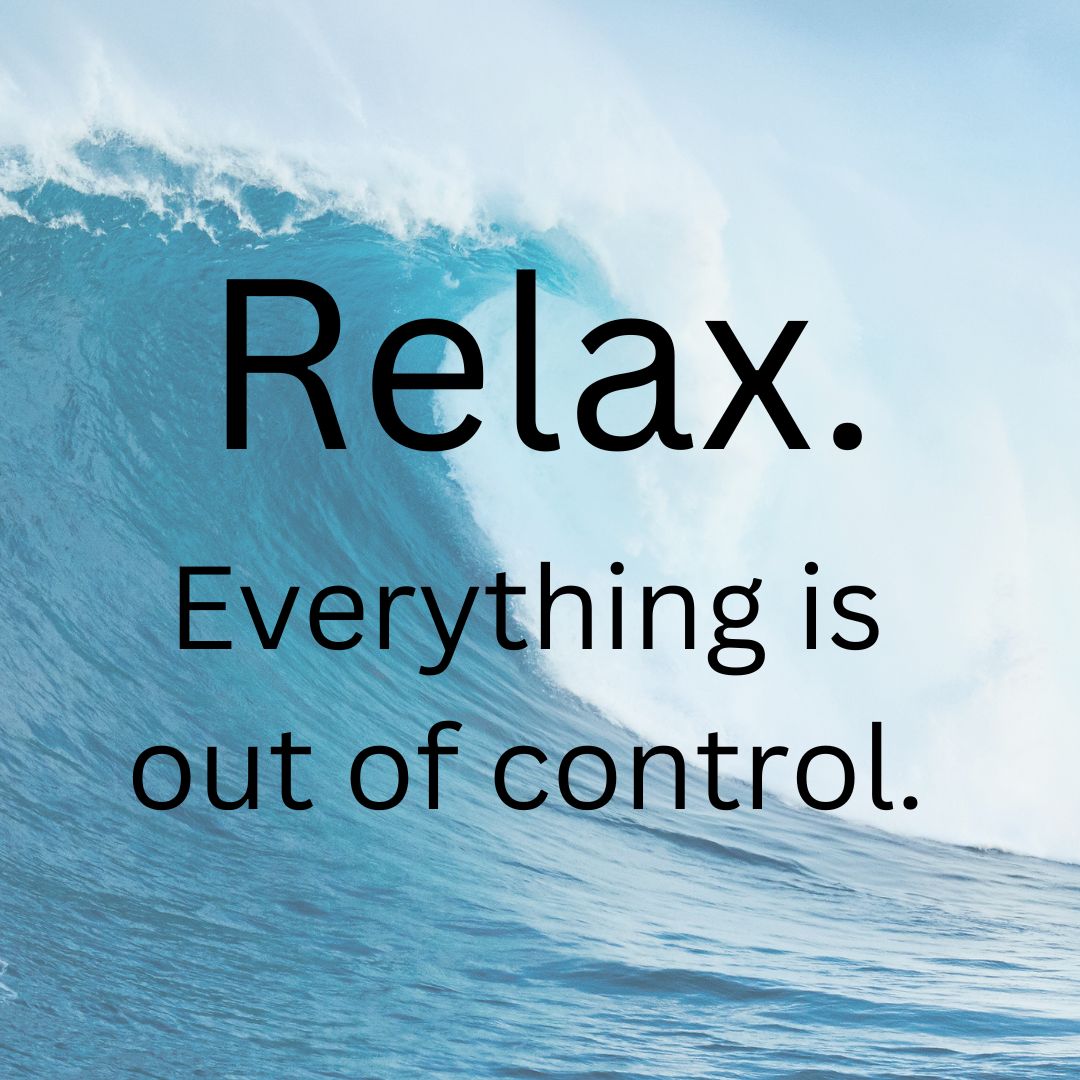
Can you stop what you’re doing for a few moments, connect with your breath, with the feeling of your butt in the chair, close your eyes and simply be and feel for a few breaths?
Is it enjoyable to turn your attention inward, or do you get a little impatient?
I suspect your answer depends on what you notice when you pause and feel.
What if I asked you to check in again, and to identify your mood?
What mood is your mind in? How about your body?
What’s been going on in your life that is living in your mind, body and spirit right now?
Maybe you’re struggling to identify your mood because, in keeping with the complexity of being human, there are a number of emotions, sensations, and thoughts at play in this moment. As there are in every moment, all of which impact your mood.
Everything you experience in your life lives in your body. Mind, body and spirit are always influencing each other – they can’t be separated, and we get into trouble when we try to isolate one from the other.
At the beginning of almost every class, I ask my students (and myself) to check in, to notice what we’re feeling, what we’ve brought with us to our practice, and how it’s living in our bodies in that moment.
This noticing doesn’t mean we dwell on it, try to fix it, or push it away. It’s called a practice for a reason – the more we practice noticing without needing to change what’s happening, the more we grow our ability to acknowledge and work with our current situation. When we learn to work with reality, rather than against it, we work more effectively, more efficiently, and with more ease.
When you are able to check in with your nervous system without judgment, you get a lot more information. When you don’t feel the need to push away the feeling of being uncomfortable, you can become curious about the messages your body is sending you. (Your nervous system is always sending you messages in the form of sensations.)
Instead of looking at the bigger picture with just your mind, you get to feel into the bigger picture with your whole being. The more you practice feeling, the more you can trust what you feel, and you get to use your inner knowing to work with relationships and patterns within that bigger picture. Instead of using your energy to push away or ignore the parts of that picture that you don’t like, you can spend your energy building on your strengths, creating new patterns, and observing the change that is possible when you get out of your own way.
What would it feel like to trust yourself more and doubt yourself less?
What would change about the relationships in your body?
What would change about the rest of your life?
Can you connect with your breath again, feel your butt in your chair, close your eyes and gently hold these questions for a few minutes?
What do you feel?

If you’re looking for an inspiring read, I highly recommend Raynor Winn’s memoir, “The Salt Path”.
In their early fifties and suddenly faced with poverty, homelessness and the diagnosis of a terminal illness, Winn and her husband make the unorthodox and seemingly insane decision to walk the 1,010km Salt Path in Southwest England. I was moved by Winn’s descriptions of both the physical and emotional challenges of their journey, and by their ability to find moments of humour, beauty and joy in unimaginable circumstances. This book offered new perspective to me on determination, what is difficult, what is easy, and what is important in life. More about the book here.




